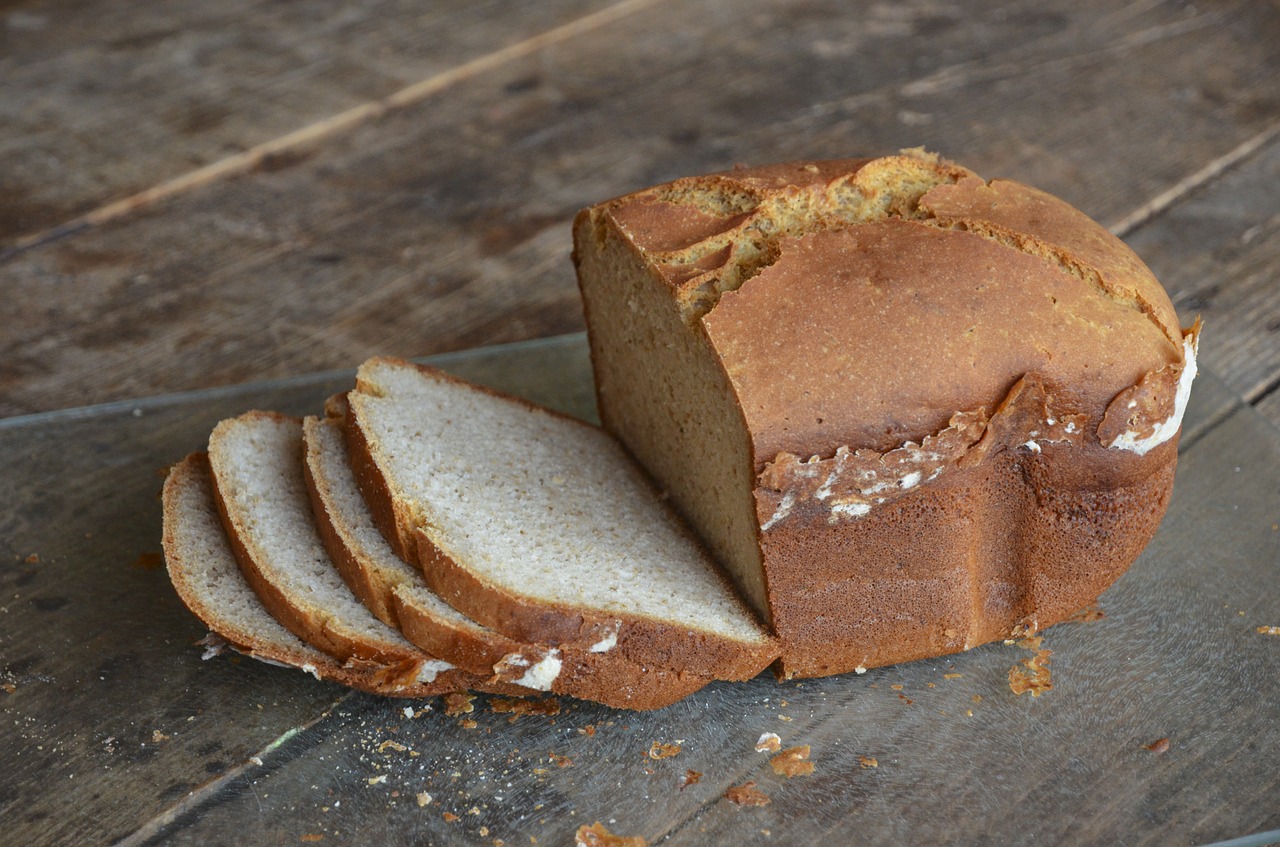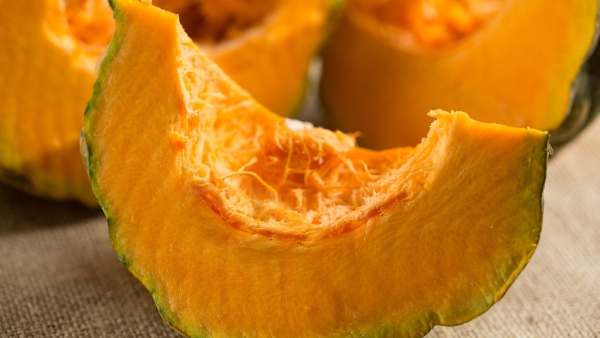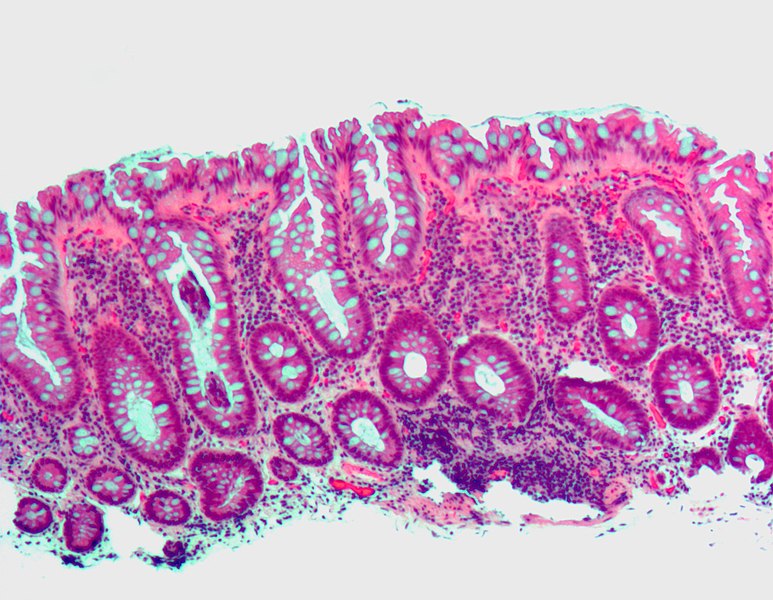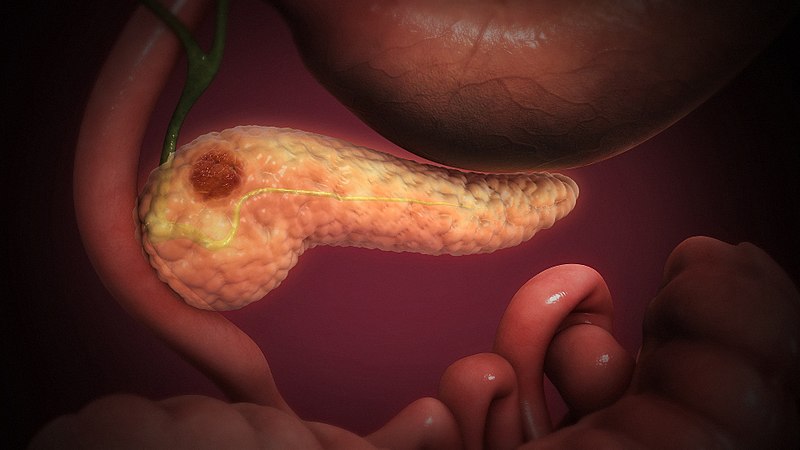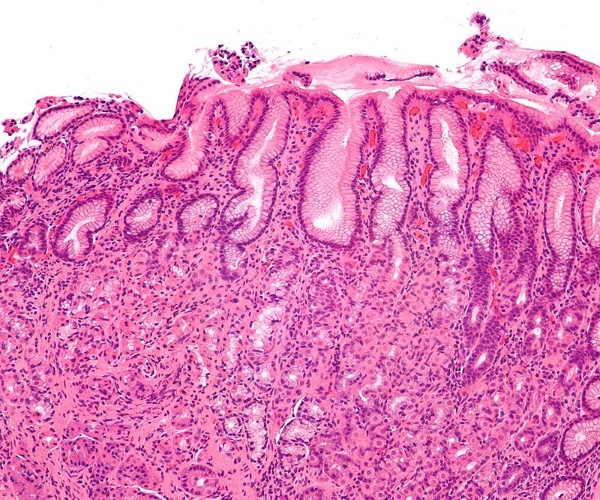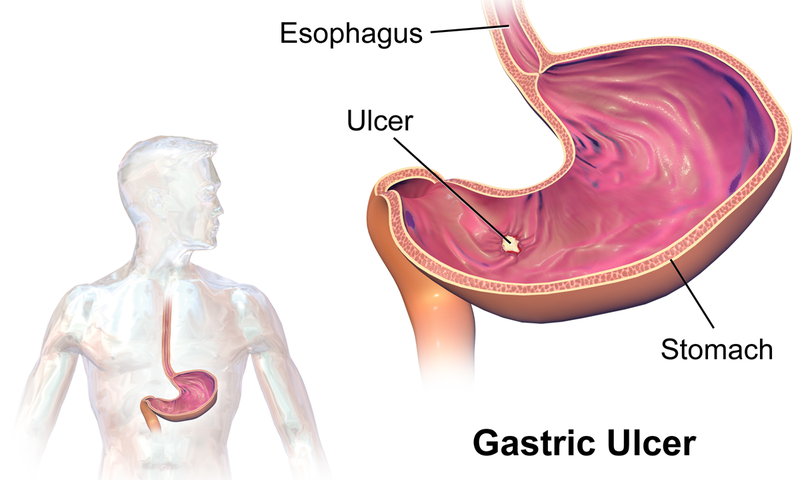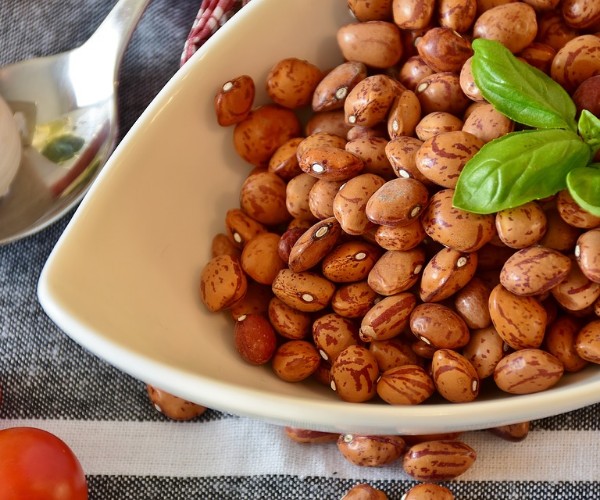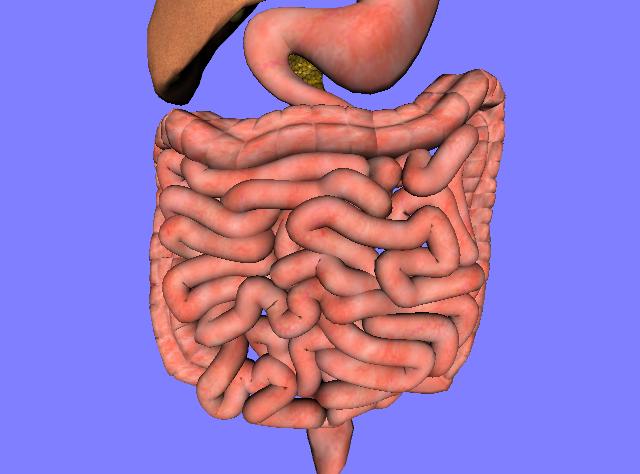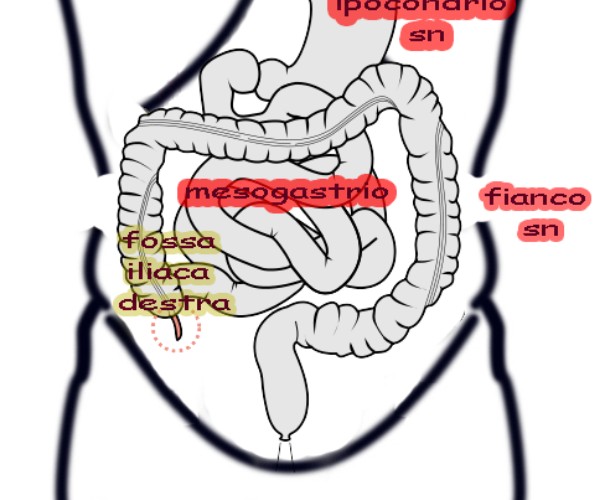Celiac disease: What it is
Celiac disease is one of the most common hereditary diseases of pediatric age but fortunately also one of the treatable conditions: in fact, the remedy is to eliminate all foods containing gluten (bread, pasta, cookies, rusks, cakes, and even some medications). Gluten comprises a family of plant proteins, the polyamines, contained in wheat (gliadins), barley (hordeins), rye (secalins) and, still controversially, oats (avenins). Such proteins have little nutritional value-that is, they are not essential to the body-and gluten gives flour, once mixed with water, the ability to form a compact and elastic dough, which is among other things an essential prerequisite to breadmaking.
The numbers
A large survey had already estimated in 1994 a prevalence of people with celiac disease at a 1:200 ratio, which in fact is even higher today (1:100-1:150). On the other hand, celiac disease until the 1990s was misrecognized, but the advent of increasingly simple, rapid, and widespread laboratory techniques has enabled the recognition of more cases and thus a significant improvement in diagnostic possibilities.
It is currently believed that there are at least 100 individuals with celiac disease in a population sample of 100 thousand individuals. A number, therefore, that certainly does not justify the characterization as a rare disease, considering also the fact that there are 35,000 certified celiacs and every year new diagnoses increase by 10 percent, amounting to 5,000 cases of which 2,800 are in newborns. The intake of gluten, suggested in children as young as 6 months of age, basically activates an immune response that leads to flattening of the intestinal villi, resulting in generalized malabsorption and stunting of growth, which is the most striking sign (although some cases, which escaped initial diagnosis, are recognized in later life ages).
The consequences and risks
Numerous gastroenterological diseases, each burdened with a different clinical impact, such as irritable bowel syndrome, recurrent aphthous stomatitis, and hypertransaminemia (i.e., increased transaminases, enzymes produced by the liver, assayed in the blood) may be associated with celiac disease with different prevalence.
From celiac disease, with the unavoidable support of the physician, should be distinguished from the wheat allergy, which mainly affects the skin and respiratory tract, and the “gluten sensitivity“, which is always caused by ingestion of this food, but does not affect patients with celiac disease or allergy to wheat (in Italy, it is estimated that it could affect between 5 and 10 percent of the population). The latter causes clinical symptoms similar to those of irritable bowel syndrome (abdominal pain, bloating, and so on) and nonspecific extraintestinal manifestations (eczema, itching, headache), which usually arise within a short distance of gluten intake and just as quickly regress following an exclusion diet.








